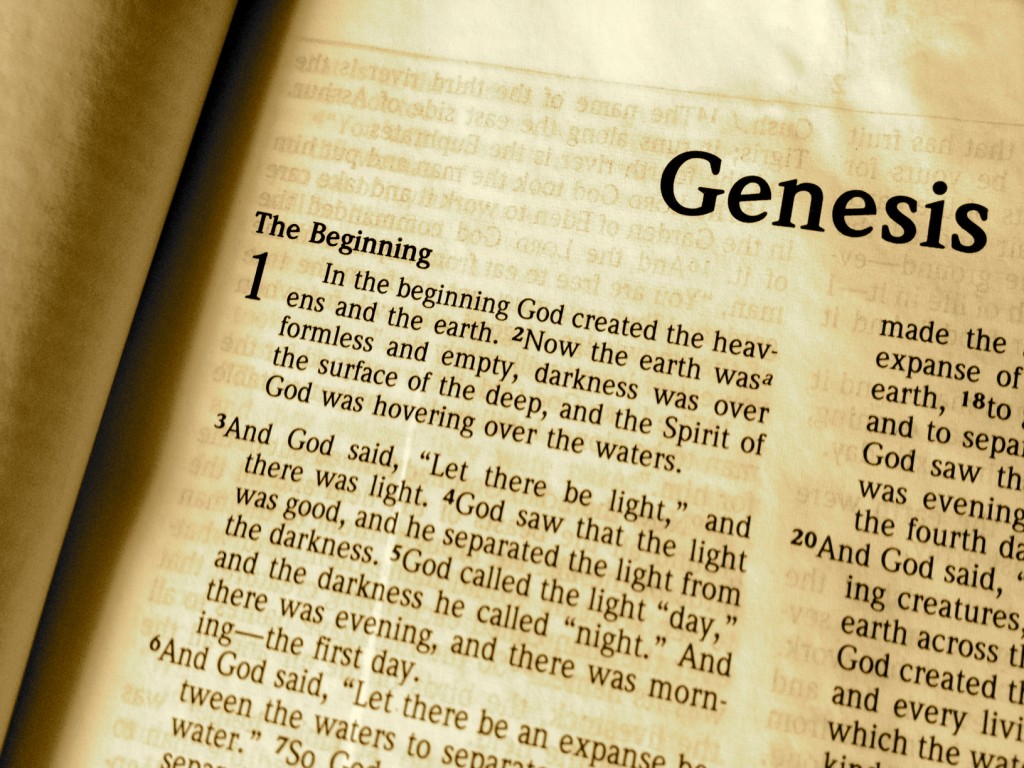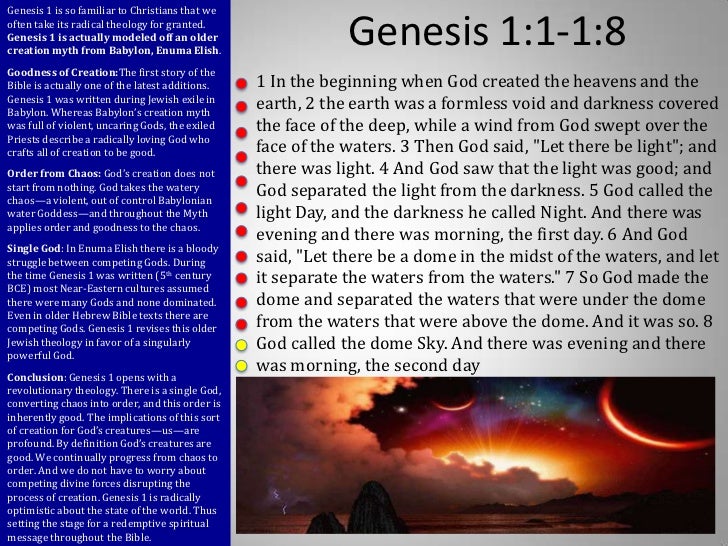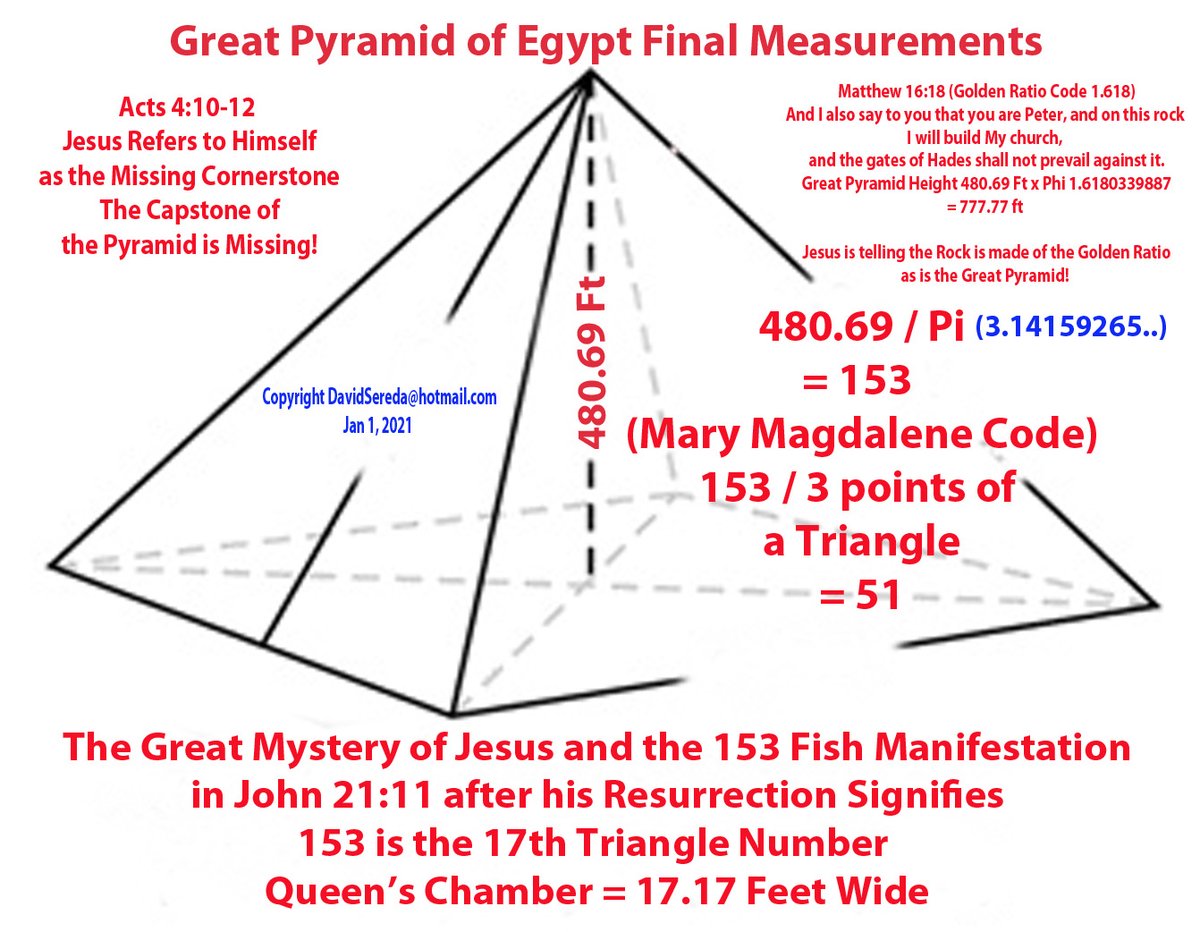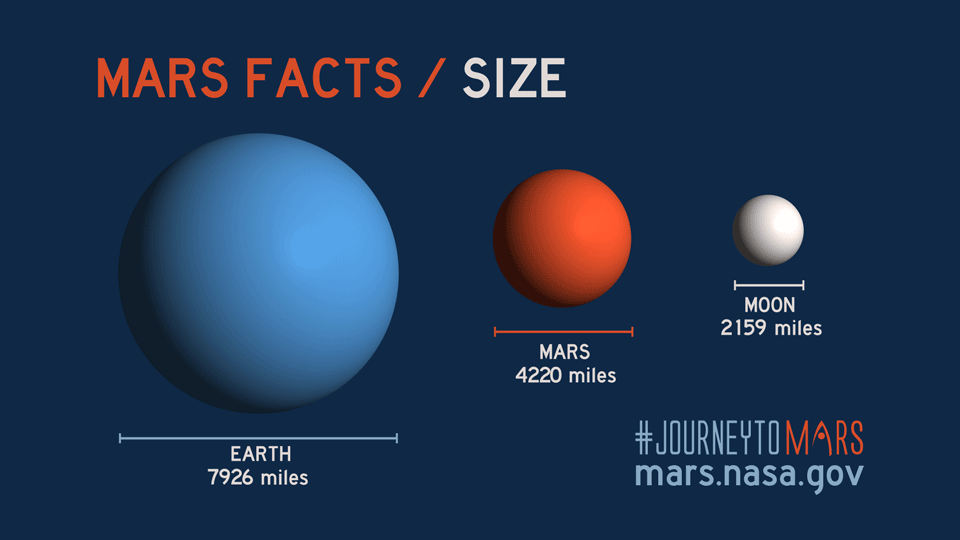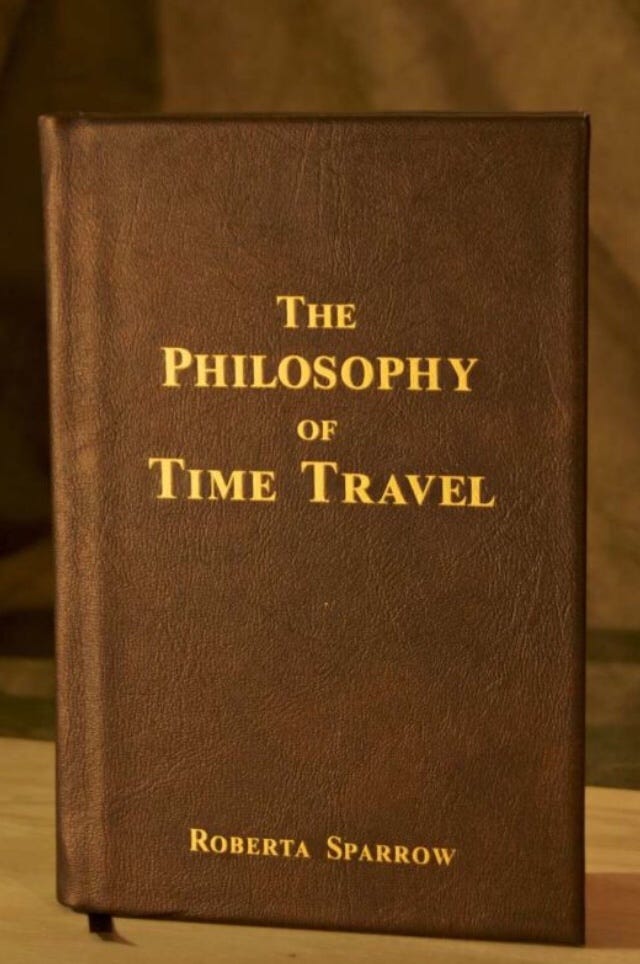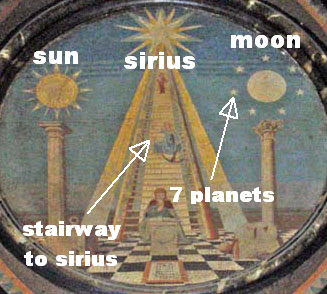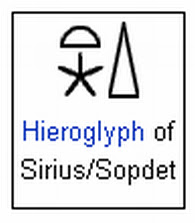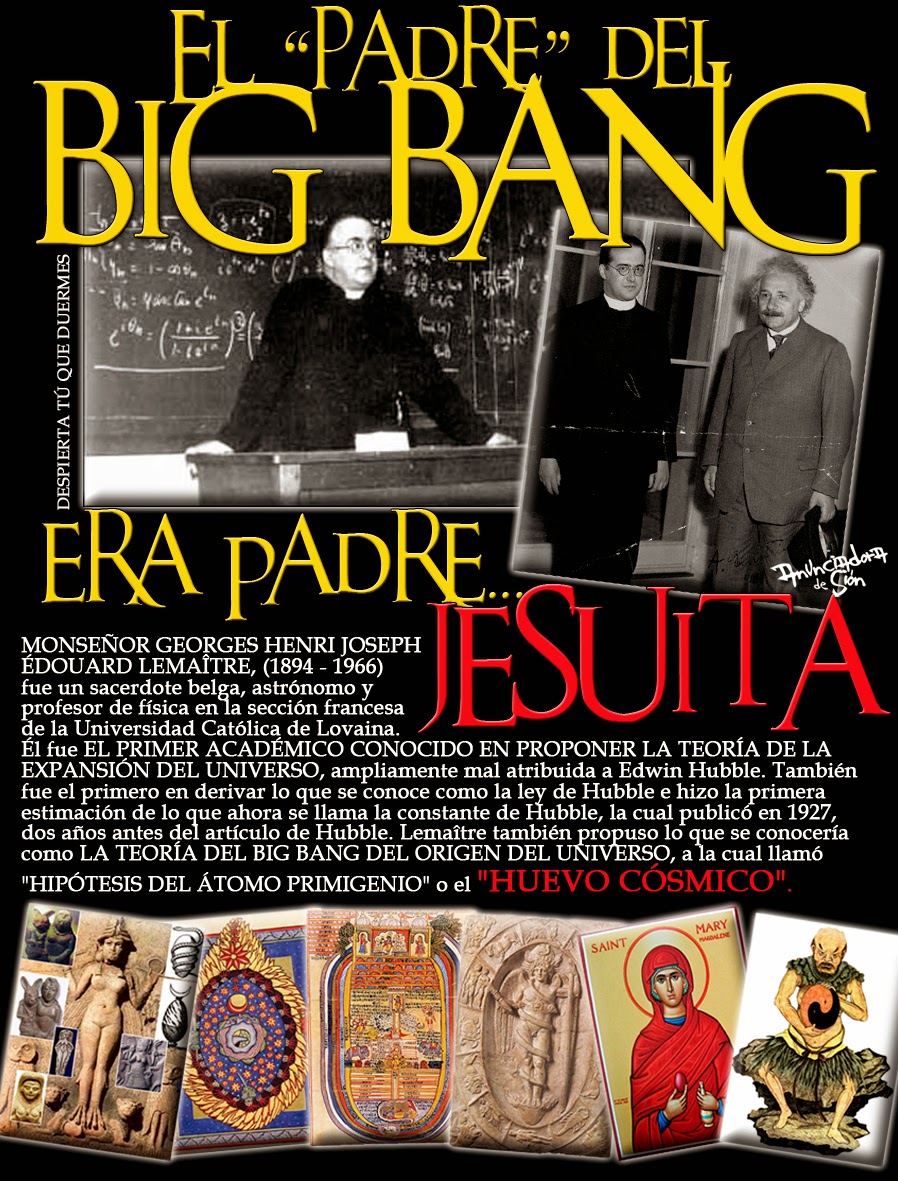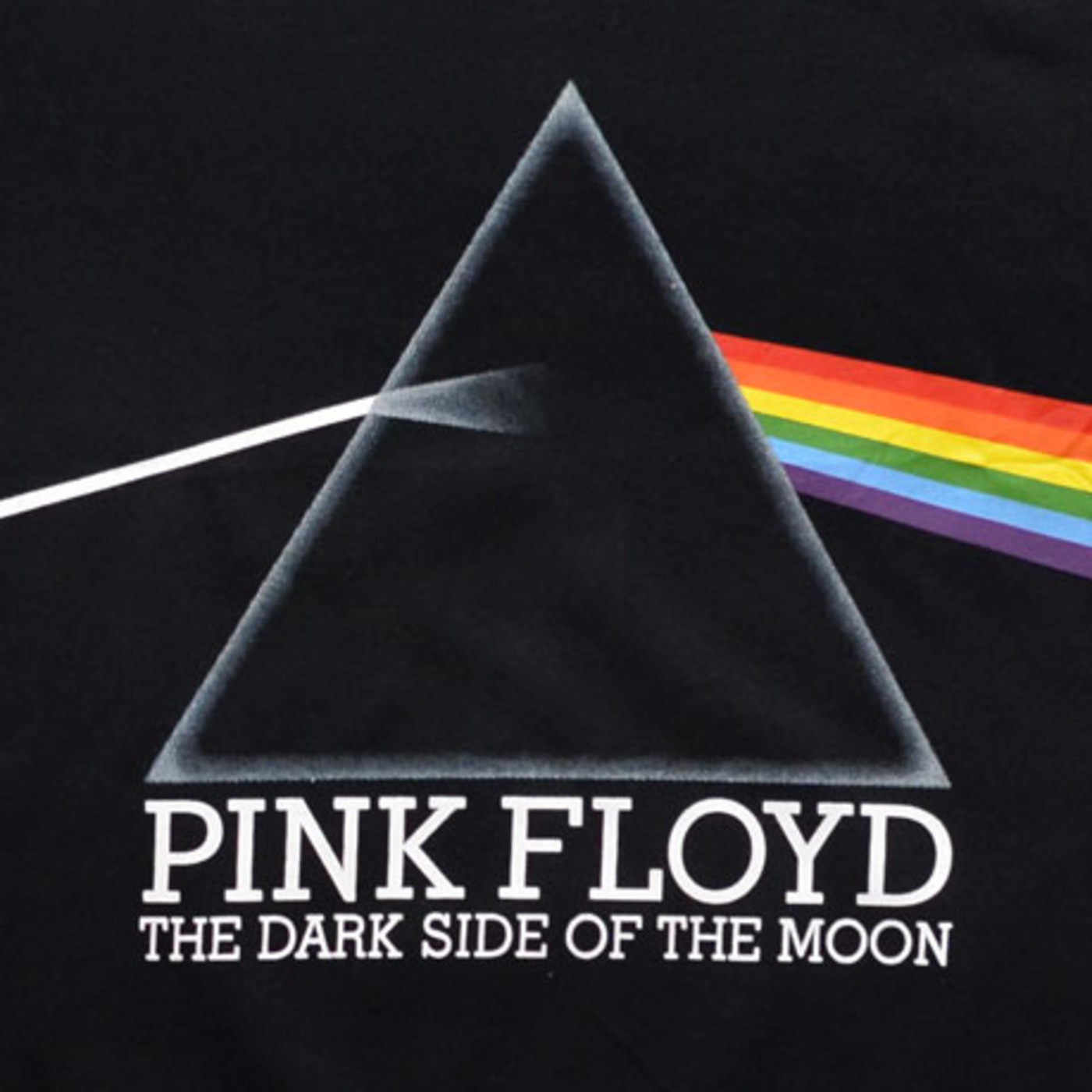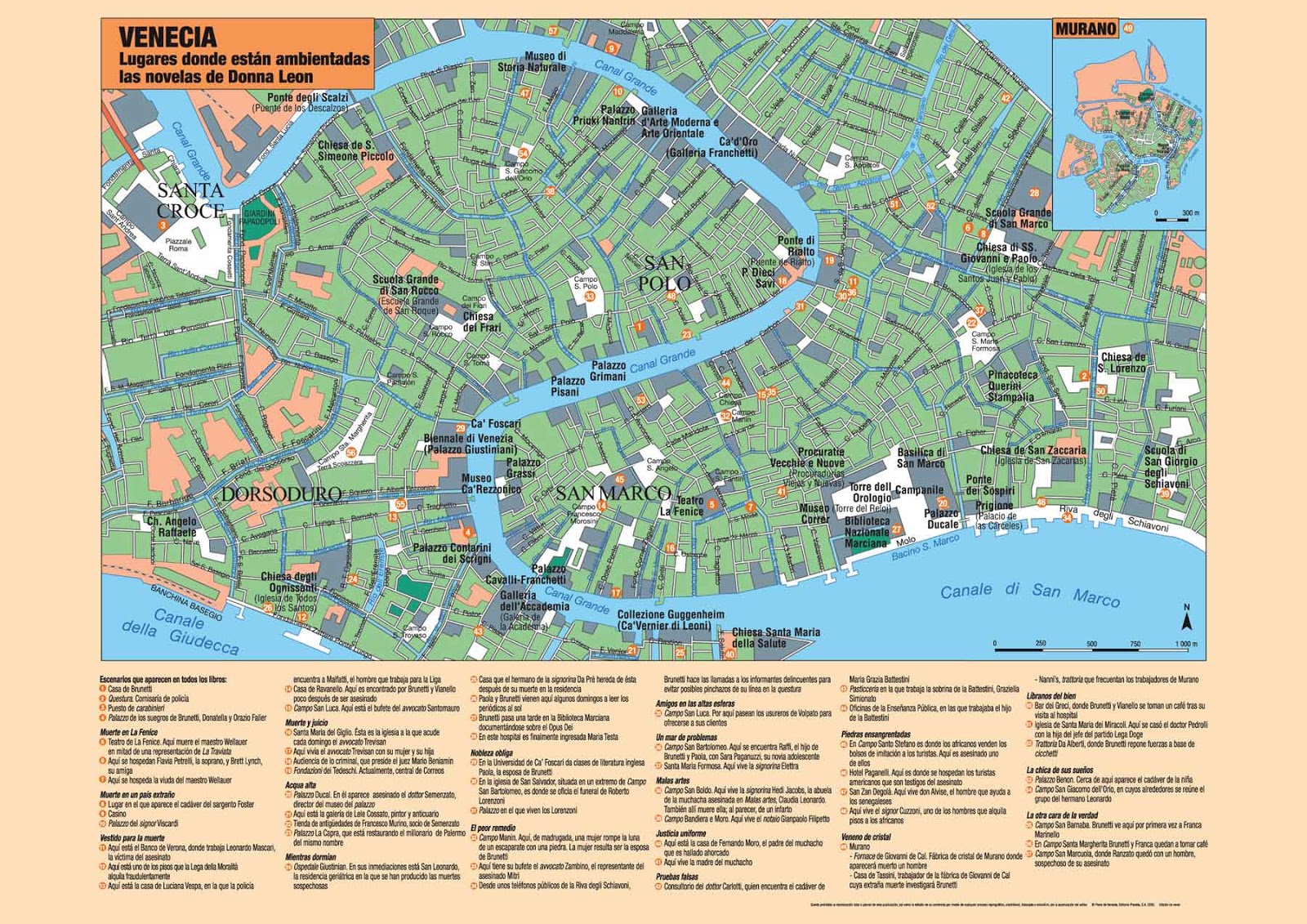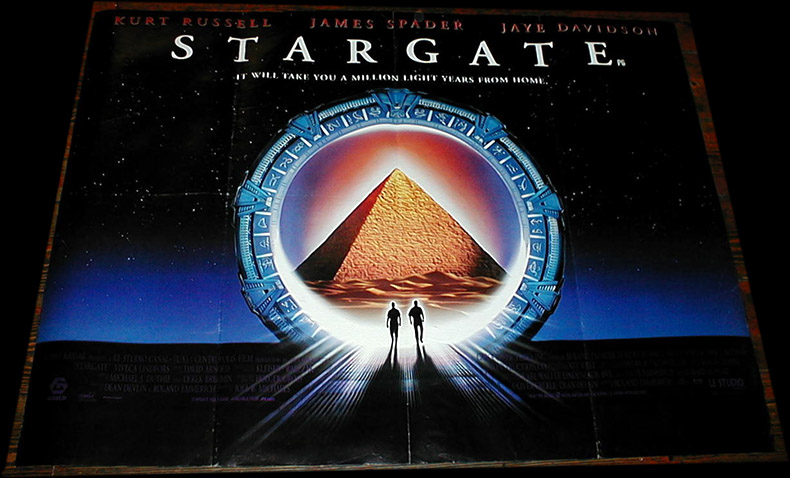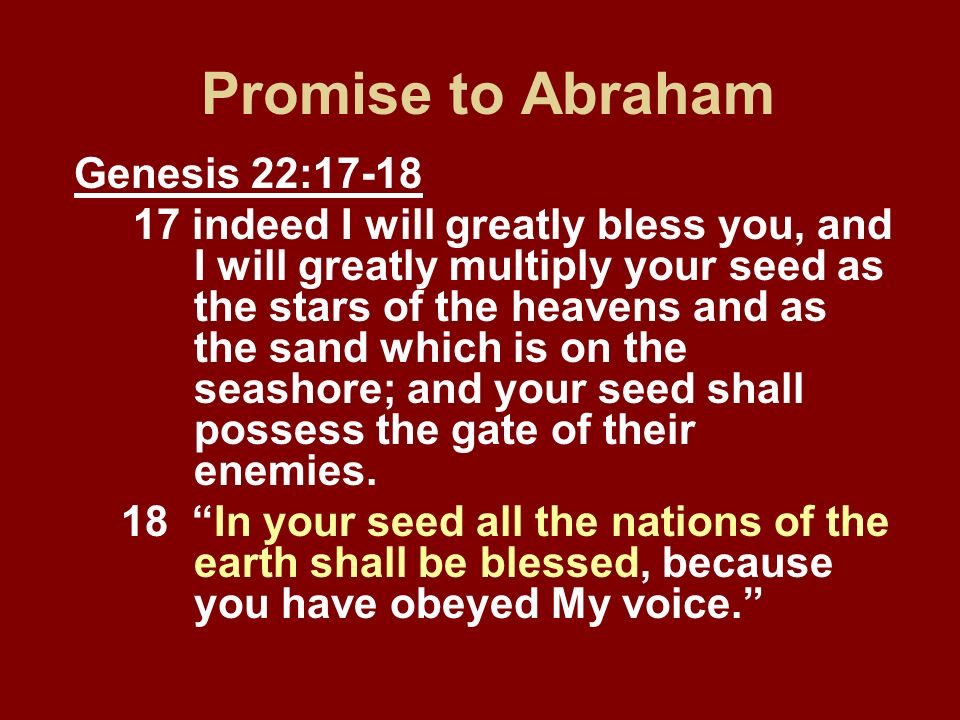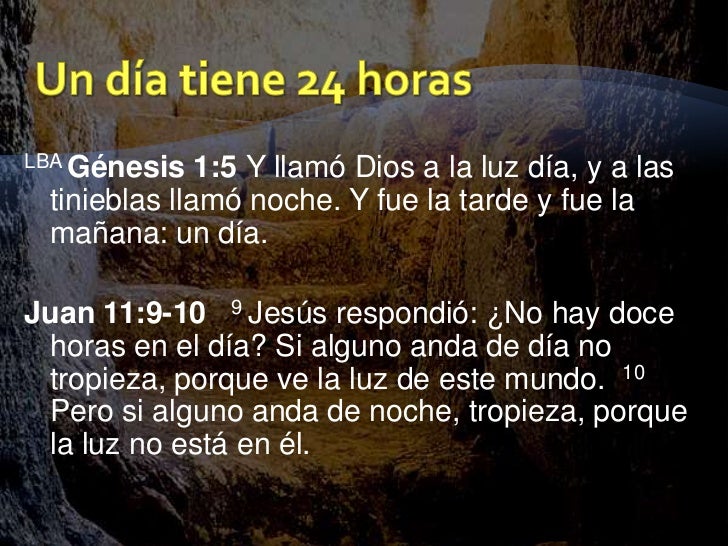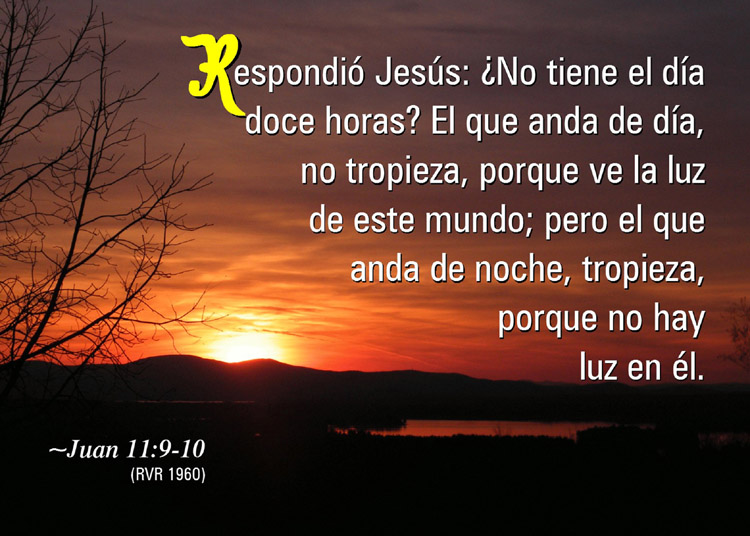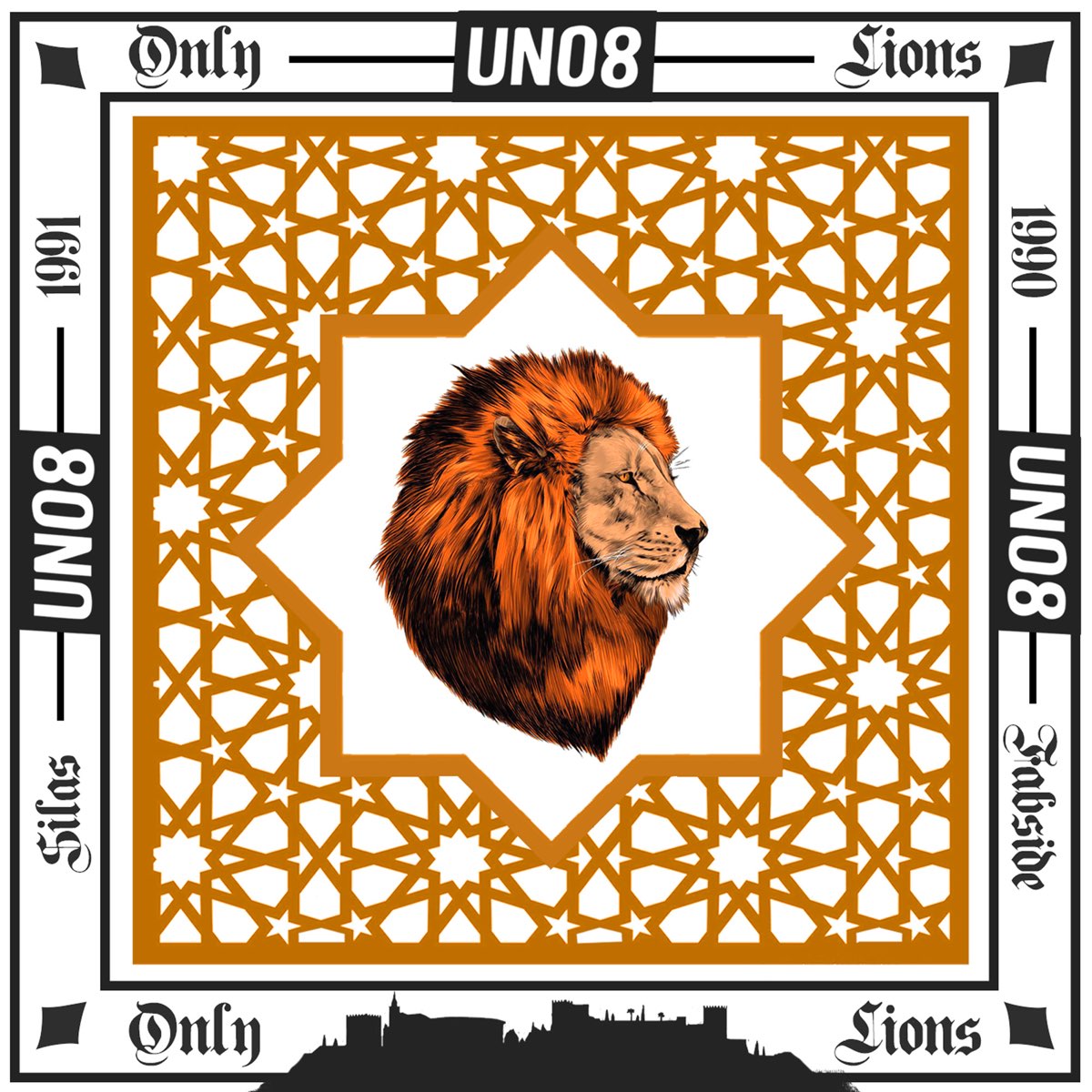- The heavens (luminaries) and the earth were created (bara, used once in chapter) in Genesis 1 Verse 1
- It "came to be" darkness in verse 2
followed by six days of ordering, making, etc...
- Seventh Day Sabbath
It is easy to prove that the Sabbath on the Seventh Day is also an eighth...from the moon being new. The moon was new in Genesis 1 Verse 1.
In Genesis 1:1-2
We have all of the heavens, earth (complete with waters) and then disorder, chaos, destruction "came to be" in verse two.
The evolutionary model states that the world came from "darkness, disorder, chaos, confusion, etc..." and is tied to verse 2
That is why the heathen start their day in darkness, their month (moon) in darkness, their year winterfall (death) because their beginning is darkness in verse 2.
The scriptural model for sons of the light, sons of the day begins in verse 1 "in the beginning"
That is why they begin their day in light, their month (moon) in light and their year in Aviv (life, when all of creation agrees)
The movie Prometheus teaches the evolutionary model with angelicgodlike Sumerian beings that made "uninhabitable planets" livable via "Terra-forming" and also genetically engineered homo-sapiens "in their image"...
I hope you see the connection and what is coming upon us, soon.
I will expound later. "The Eighth Day" is a picture of Restoration where "The Seventh Day" is a picture of the rest prior to the Restoration. The Restoration is a return to Genesis 1:1 (YHWHElohim BEFORE the fall of BOTH "the adversarymessengers" and mankindand) NOT a return to Genesis 1:2. It is eternity in light, with him who is light and in him in whom "there is no darkness at all"
1 (moon new, bara) - Genesis 1 Verse 1
6 days (ordering, making, asah)
1 (Sabbath AFTER six work days)
8
We abandon the new moon and we lose sight of BOTH the 8th Day (pictured in Shemini Atzeret) as well our Father in heaven. "The Eighth Day" is in fact, "new beginnings"...connected to Genesis 1:1 and NOT Genesis 1:2
The fact that there will be "no nightdarkness" in the end is also a picture of "the beginning" PRIOR to the disorder, darkness, chaos and confusion in verse 2.
The eighth is a picture of the first...when things ACTUALLY began, not when evolutionist say so.
Shalom!

Correo electrónico: |
Contraseña: |
|

